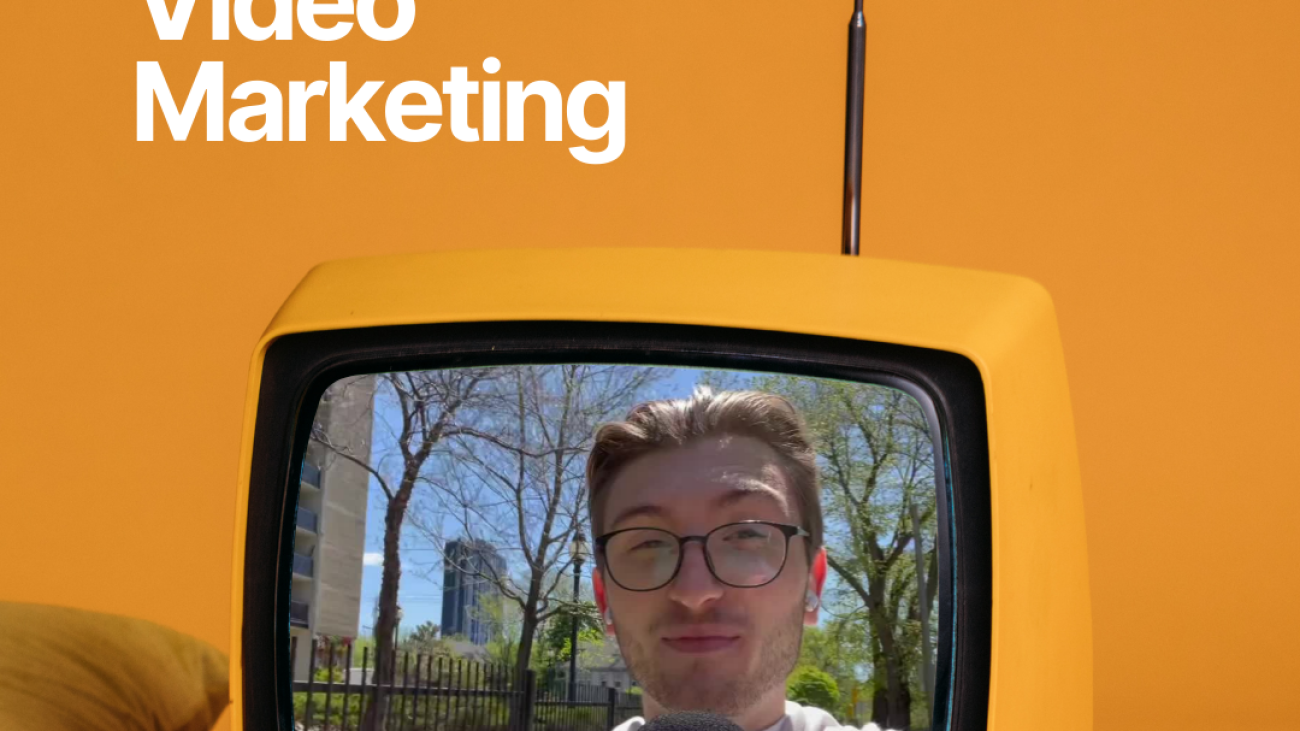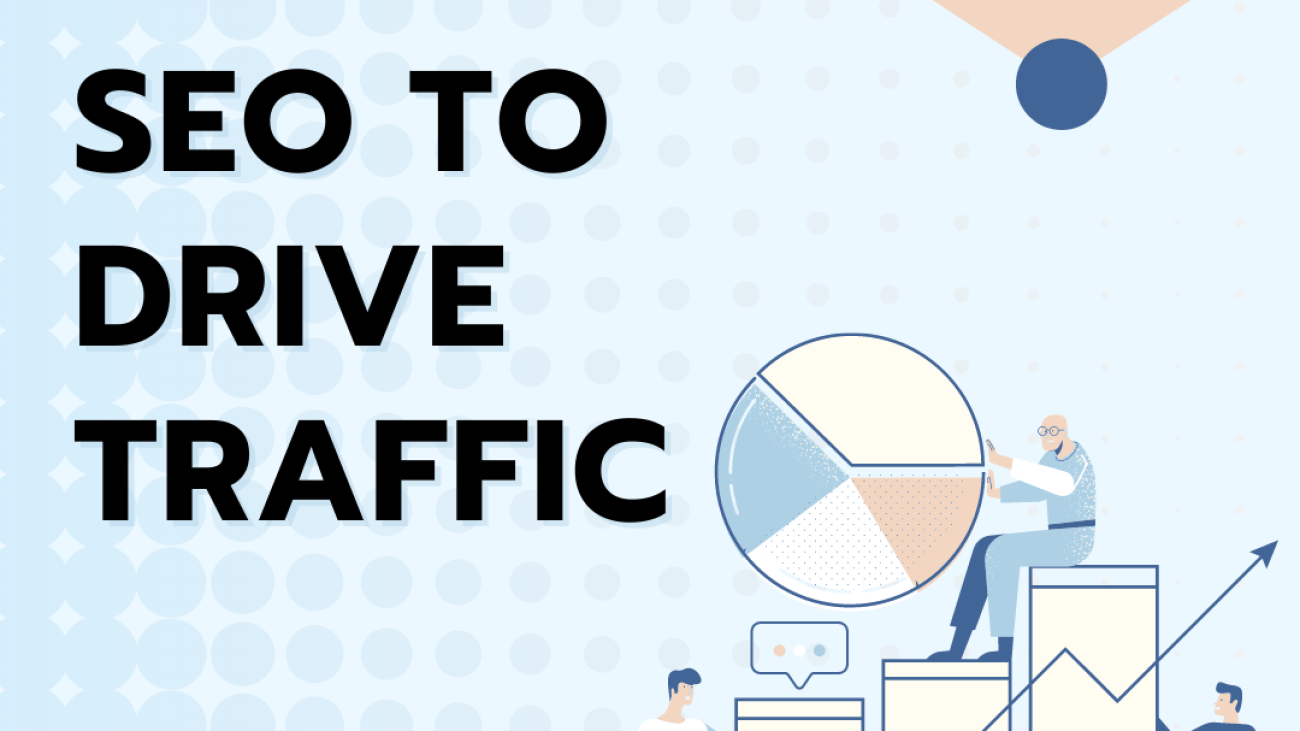
Video marketing has become an essential part of any successful marketing campaign. Video marketing is a powerful tool that can help you increase engagement with your audience and drive traffic to your website. In this post, we will discuss tips and strategies on how to leverage video marketing to increase engagement, and we will also introduce some video marketing tools that you can use to create effective video content.
Define Your Target Audience
The first step to creating effective video content is to understand your target audience. This will help you create videos that resonate with your audience and keep them engaged. Start by creating buyer personas for your target audience, and then tailor your video content to their interests and needs.
Create Engaging Video Content
The key to creating engaging video content is to keep it short, sweet, and to the point. Your video should have a clear message and be visually appealing. You can use various video formats, such as explainer videos, product demos, how-to videos, and behind-the-scenes videos, to create engaging content.
Optimize Your Video for SEO
To ensure that your video content is discoverable, you need to optimize it for search engines. Use relevant keywords in your video title, description, and tags. This will help your video rank higher in search results and attract more views.
Share Your Video on Social Media
Social media platforms, such as Facebook, Twitter, and Instagram, are great channels to share your video content. You can also embed your video on your website or blog to increase engagement. Make sure to add social sharing buttons to your video to encourage your audience to share it with their followers.
Use Video Marketing Tools
There are various video marketing tools available that can help you create professional-looking videos. Here are some of our favorite video marketing tools:
Animoto:
Animoto is a video creation platform that allows you to create professional-looking videos in minutes. You can choose from various templates and add your own images, text, and music.
InVideo:
InVideo is a web-based video editing platform that enables users to create professional-looking videos quickly and easily. The tool provides a range of templates, pre-built scenes, and customizable elements, such as text, images, and animations, to help users create engaging videos for various purposes, including social media, marketing, education, and entertainment. InVideo also features a user-friendly interface, drag-and-drop functionality, and real-time collaboration, allowing teams to work together seamlessly.
FlexClip:
FlexClip helps to easily create and edit videos for the brand, marketing, social media, family, and any other purpose.
Integrate with resource-rich stock media providers to offer users royalty-free music, high-quality videos and photos.
Conclusion:
Video marketing is a powerful tool that can help you increase engagement with your audience and drive traffic to your website. By following these tips and strategies, and using the right video marketing tools, you can create effective video content that resonates with your audience and achieves your marketing goals. So, go ahead and leverage video marketing to take your marketing to the next level!




